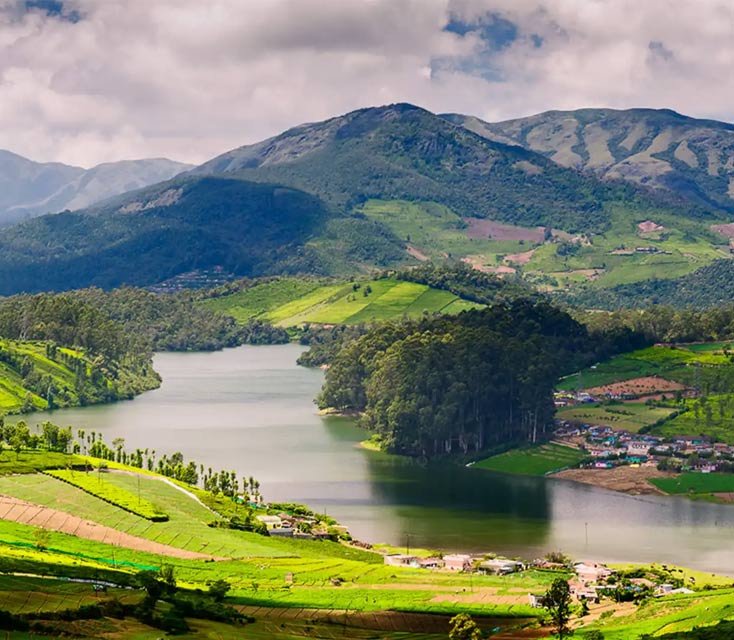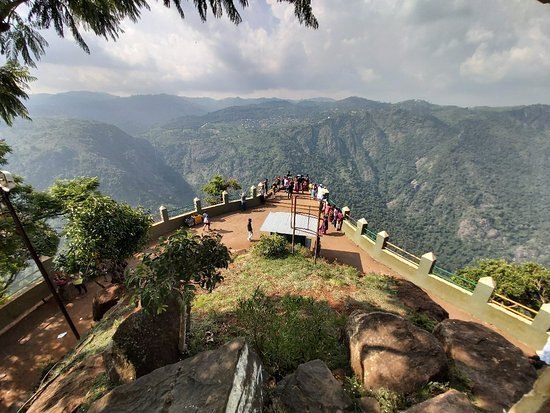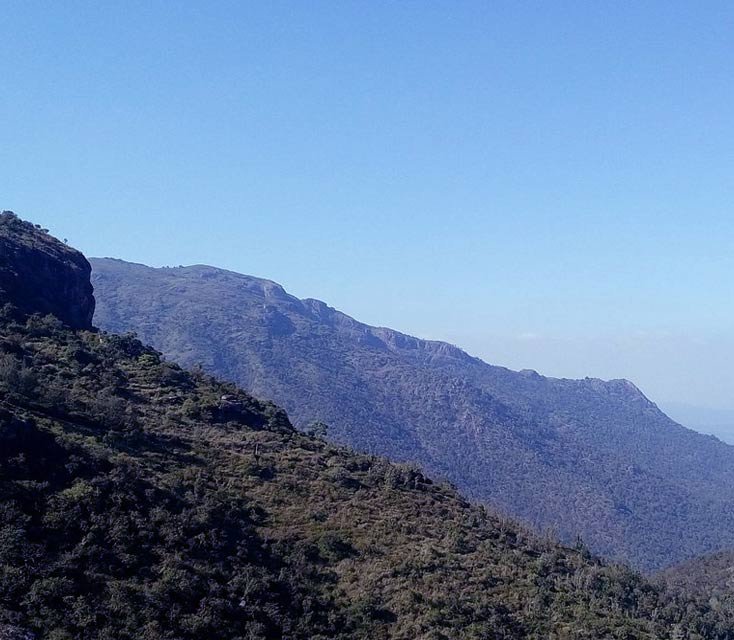The Western Catchment in Ooty, also known as the Western Catchment Area, is a significant geographical and ecological feature located in the beautiful hill station of Ooty (Ootacamund) in the southern Indian state of Tamil Nadu. Ooty, officially known as Udagamandalam, is renowned for its picturesque landscapes, lush greenery, and pleasant climate, making it a popular tourist destination.
The Western Catchment is one of the primary sources of water for the town of Ooty. It encompasses a wide expanse of forested and hilly terrain on the western side of the Nilgiri Hills. The Nilgiri Hills are part of the larger Western Ghats mountain range, which is considered one of the world’s biodiversity hotspots due to its rich flora and fauna.
 Key features of the Western Catchment in Ooty include:
Key features of the Western Catchment in Ooty include:
- Water Catchment Area: The primary function of the Western Catchment is to serve as a catchment area for water sources that feed into the various water bodies and reservoirs supplying drinking water to Ooty and its neighboring areas.
- Biodiversity: The Western Catchment is home to diverse ecosystems, including dense forests, grasslands, and wetlands. This region is inhabited by numerous plant and animal species, many of which are endemic to the Western Ghats. Conservation efforts are often focused on preserving this unique biodiversity.
- Water Bodies and Reservoirs: Several lakes and reservoirs are located within the Western Catchment, such as the Parsons Valley Reservoir, Emerald Lake, and Avalanche Lake. These water bodies not only contribute to the town’s water supply but also add to the scenic beauty of the area.
- Eco-Tourism: Due to its natural beauty and ecological significance, the Western Catchment has become a popular destination for eco-tourism and nature enthusiasts. Visitors can explore trekking trails, enjoy birdwatching, and immerse themselves in the serene surroundings.
- Conservation: Recognizing the importance of preserving the delicate ecosystem of the Western Catchment, there have been various conservation initiatives and policies in place. These efforts aim to balance the needs of water supply and human activities with the imperative of protecting the environment.
- Challenges: Like many natural areas around the world, the Western Catchment faces challenges such as deforestation, habitat degradation, and invasive species. Balancing the needs of local communities, tourism, and conservation requires thoughtful planning and sustainable management.
The Western Catchment in Ooty serves as a prime example of the intricate connection between human populations, natural resources, and the environment. Its significance extends beyond the local context, as it contributes to the larger narrative of environmental preservation and sustainable development in ecologically sensitive regions.
If you plan to visit the Western Catchment in Ooty, it’s important to adhere to responsible tourism practices and guidelines to ensure the area’s continued health and beauty for generations to come.



